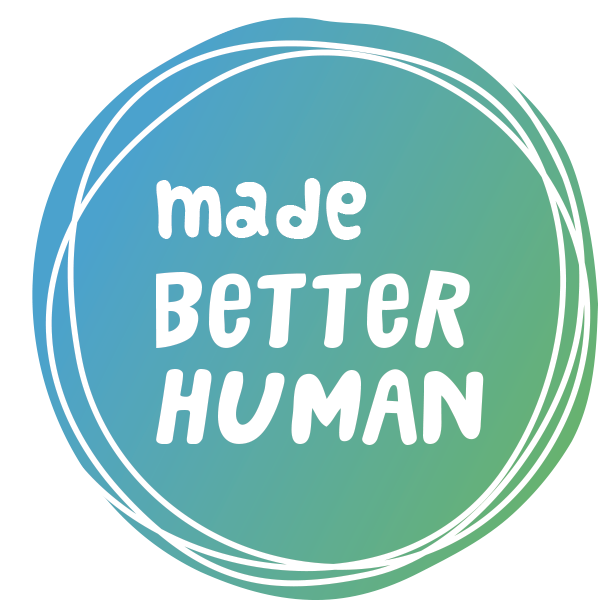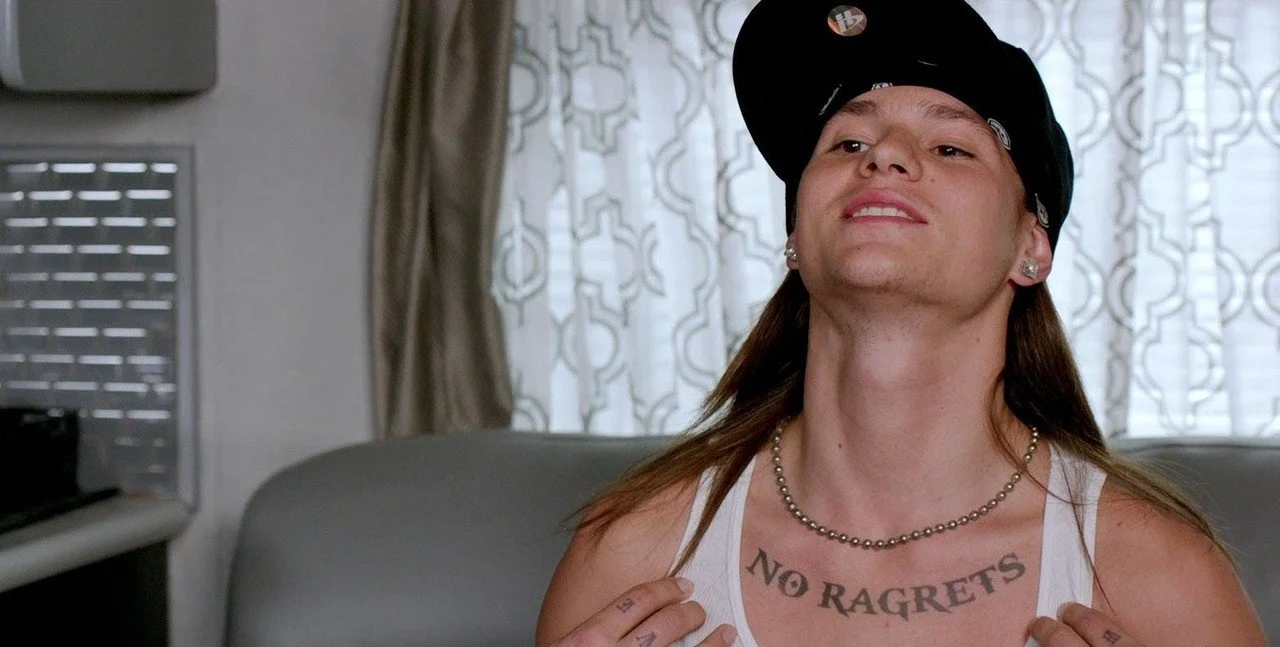Rabbinical teaching from the Torah and Kabbalist tradition reminds us that we can conjure worlds through words. It suggests that our words, both spoken and written, have the power to shape our own reality, influence our thoughts, and even impact the world around us. What we say to someone can cause them to stay or go away and how we talk to ourselves can be healing or harmful.
Using Story to Step Out of Stuck-ness: The 5 Steps Towards Creating a New Life Story
“The future lives in our mouths.” – Ocean Vuong
There are moments in life when time splits. A diagnosis. A divorce. The moment a dream dissolves. These are not mere events - they are ruptures in identity, in story. Who we were no longer fits. Who we will be has not yet emerged. In that in-between space, people often feel stuck - adrift in a story with no ending, unsure how to speak the next sentence of their lives.
Becoming Unhomed
There are times in our lives when we can feel displaced which can result in a sense of not belonging anywhere, of being ungrounded or uprooted. It can feel as though we are visiting our own lives. This is often accompanied by a sense of being dispossessed because we feel unheard, invalidated and powerless. The grief we can feel at these times is pervasive and complex.
Un-Homed: 8 Ways to Find Ourselves Again After Displacement
There are moments in life when we lose more than a place—we lose a sense of who we are. Whether through a move, a rupture in relationship, a crisis of identity, or the slow erosion of belonging, we find ourselves un-homed. It’s not just about being without shelter. It’s about feeling dispossessed—of our roles, routines, anchors, and even our sense of meaning.
Love Builds You Up
In narrative practice, the concept of migration of identity refers to the process of moving away from a limiting story about oneself toward a richer, more preferred identity. It’s about transitioning from a sense of "this is who I’ve always been" or “this is who I have to be always” to "this is who I’m becoming."
The 5 Characteristics of Coming-of-Age Stories
In literary criticism, a bildungsroman is a literary genre that focuses on the psychological and moral growth and change of the protagonist from childhood to adulthood. The term comes from the German words Bildung (‘formation’ or ‘education’) and Roman (novel). We call these types of narratives a coming-of-age story and they resonate deeply with us because they explore universal themes of growth, identity, and self-discovery. They capture the emotional struggles, triumphs, and transitions that everyone experiences at some point in life.
The Show Must Go On!
Essentially, ‘The Show Must Go On!’ is a reminder to keep moving forward, no matter the obstacles. In our lives we will encounter problems, set-backs, difficulties, moments of failure and large amounts of self-doubt. This is normal and experienced by each of us at times throughout our lives. Regardless, we can push forward despite meeting adversity. We can fulfill our responsibilities in spite of facing complex difficulties. We can strive to handle setbacks with grace and a sense of humour. We can deliver an outcome without forcing disruption. We can handle it.
5 Ways to Have a Life of Possibilities
Seeing possibilities and taking hold of opportunities aligns closely with a growth mindset, which is the belief that our abilities, intelligence, and personal growth are not fixed but can develop through effort, learning, and resilience. This perspective is also deeply connected to narrative practice, which helps us re-author our life stories in ways that empower us rather than limit us. Let’s look at 5 ways a narrative approach can support us in pivoting away from seeing our life situation as fixed or hopeless and to choose rather to pay attention to possibilities.
No Regrets!
10 Signs That It’s Time to Reinvent Your Life Narrative
Loss is not a prerequisite for our reinvention, although loss has a mandatory learning module that requires us to reassess our lives. We can choose reinvention at any time. It might be boredom, frustration with repeated disappointments, or an unwavering desire for change that motivates us to let go and move on. Have a look at the list of 10 reasons why it might be time to let go of the old patterns and habits and to consider a plan for reinvention of your life narrative.
Follow Your Bliss
Joseph Campbell (1904–1987) was an influential mythologist, writer, and lecturer best known for his work on comparative mythology and religion. He explored universal themes and archetypes in myths, legends, and stories from cultures around the world, showing how they reflect shared human experiences and spiritual truths.
The 10 Signs You’re Being Called to Adventure
In his seminal book The Hero with a Thousand Faces (1949), Joseph Campbell outlined the Hero’s Journey or "monomyth," a universal narrative structure found in myths, literature, and films. It describes a person’s transformative journey through stages in a repeatable pattern we experience throughout life, leading us to a place of wisdom or insight.
Change and Saudade
Migrants know too well the sadness that can travel alongside them with the repressed understanding that they will continuously be separate from the very places, people and experiences that once may have been the cause of much joy and excitement. This separation is an elusive feeling combining the sadness of loss and the pining for a memory with a hope that a reunion with that person, place or time may reoccur. This feeling is referred to as saudade in Portuguese. What distinguishes saudade from nostalgia is the sense of hope that nestles in with the feeling of loss.
The 3 Phases of Personal Transitions
People transition through many different roles throughout their lives. Sometimes these changes seem to happen effortlessly, and we glide into new ways of being without much drama or resistance. Other times the changes can be tough. We may not want to see ourselves as ‘between jobs’; living with a significant illness; single; divorced; fired; an empty nester. Many experiences can change how we like to think of ourselves, and we can, at times, have a tough time coming to terms with our transitions. We can struggle to launch ourselves into a new understanding of who we are becoming. This migration of identity can become stalled, and we can feel stuck.
Same, Same, but Different
The behavioural economist, Daniel Kahneman has written extensively on the biases and heuristics that influence our behaviour and decision-making processes. Daniel Kahneman's happiness theory offers the idea that we have two selves - the experiencing self and the remembering self, and that the remembering self influences our overall sense of happiness than the experiencing self. In other words, we can have an overall poor, or horrible experience, but if it ends well, we typically remember it in a positive way.
The Six Steps to Transforming Problem Stories into Stories of Hope
You are Wonderful!
The 8 Ways Invalidation Changes Your Identity
For some of us, as we move through life, we have experiences where our thoughts, feelings or experiences are dismissed, minimised or invalidated by others. This can often occur in the context of traumatic events. These experiences can have lasting psychological consequences, contributing to shame, self-doubt and emotional dysregulation.




















